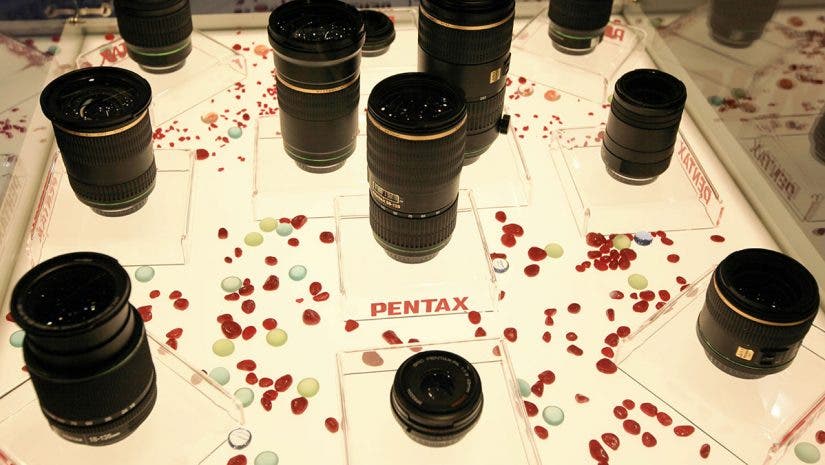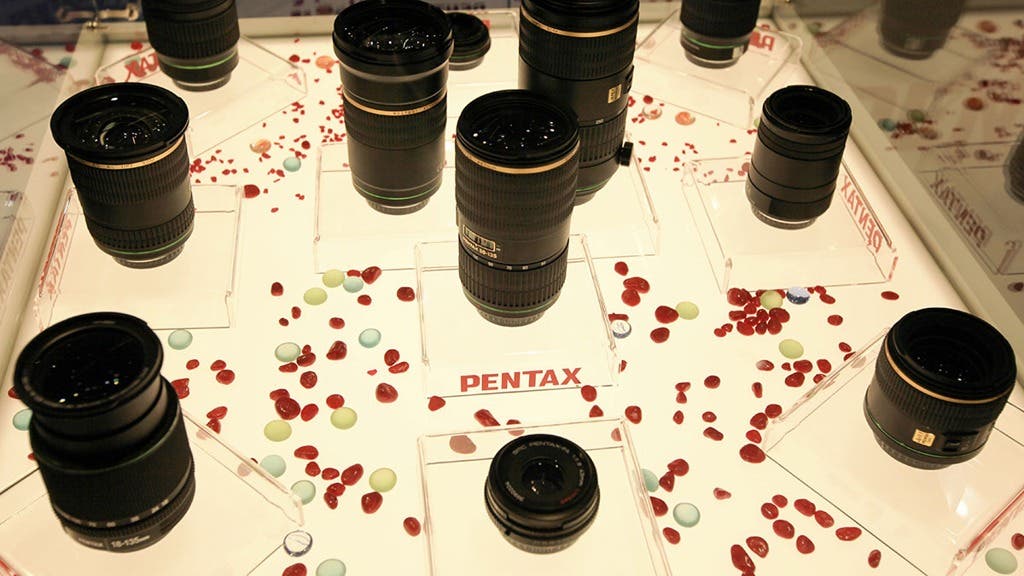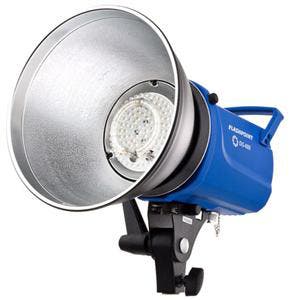The Pentax K-50 may be one of the least expensive DSLRs currently on the market, but it is a feature-rich camera that can handle a wide variety of picture-taking tasks. Here are some ideas for specific kinds of photography.
Read the Adorama Learning Center’s exclusive Guided Tour of the Pentax K-50
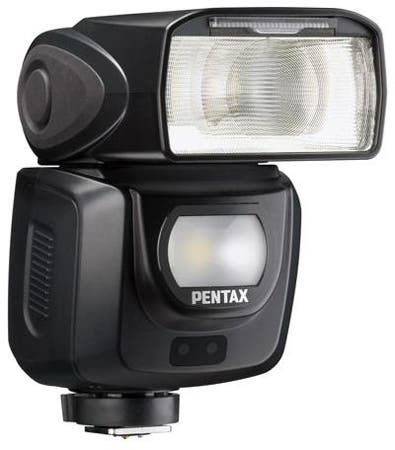 Family and Portraits
Family and Portraits
Thanks to its bargain-basement price, the Pentax K-50 has become a gateway camera for DSLR photography for many snapshooters and memory keepers, and many will be using this camera for family photography. The 18-55mm kit lens will be a fine choice for general use but if you’re ready to bump it up a notch, add a wireless flash such as the Pentax AF-360FGZ II on a Flashpoint Pro Air Light Stand and a diffuser plus a reflector so you can work with light and shadow when shooting portraits of your loved ones.
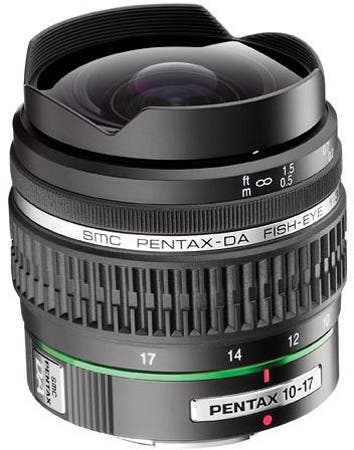
Travel Photography
The K-50 is travel-ready, thanks to its small size, light weight, and rugged construction. You can build a 3-lens kit with an impressive focal range that can handle nearly any shooting situation when traveling, starting with the 18-55mm WR kit lens. Add on the Pentax SMCP-DA 10-17mm f/3.5-4.5(IF) AF Fisheye zoom for super-wide shots and the Pentax SMCP-DA 55-300mm f/4-5.6 ED WR to give you a focal range of 10-300mm! Be sure to bring along a flash such as the Pentax AF-360FGZ II and a diffuser for when you need to add a bit of flattering light light.
 Outdoor, Wildlife and Sports
Outdoor, Wildlife and Sports
The K-50’s rugged construction makes it a great choice for bad weather photography such as when shooting outdoor sports or wildlife and the weather turns soggy. The Pentax SMCP-DA 50-200mm f/4-5.6 ED WR is just as weather-resistant as the camera itself. Need a slightly longer reach? Consider the Pentax SMCP-DA 60-250mm f/4, but keep in mind that it isn’t waterproof. You’ll also need a good monopod, such as the Manfrotto 680B.
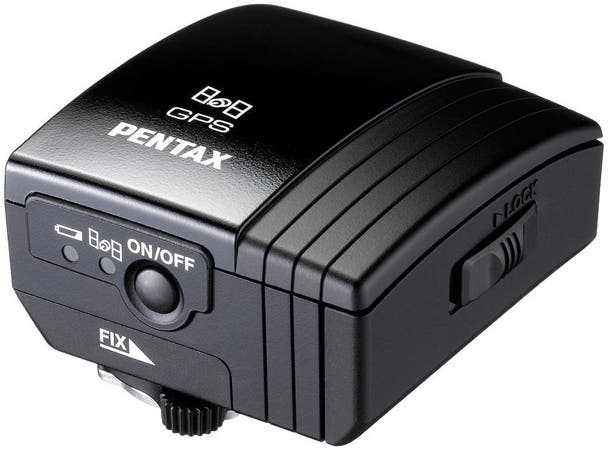 Astrophotography
Astrophotography
Mount the Pentax O-GPS1 GPS module and you can turn your Pentax K-50 into a tool for capturing wonderful astrophotography. The GPS module activates a feature called Astrotracer, which uses the camera’s built-in stabilization to move the camera’s sensor during longer exposures. This sensor movement parallels the Earth’s rotation and lets you capture planets and stars. Use it with the camera mounted on a sturdy tripod such as the Velbon Sherpa 4370D and a wide-standard tele zoom lens such as the Pentax HD DA 20-40mm f/2.8-4 ED Limited DC WR to capture the vast expanse of the sky, or a tele zoom such as the Pentax SMCP-DA 50-200mm f/4-5.6 ED WR to capture a specific region.
